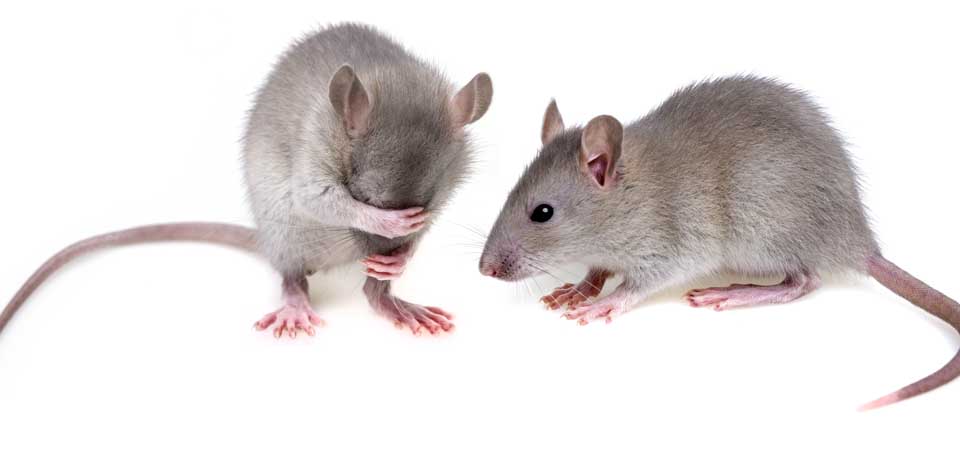RODENT FACTS | IDENTIFICATION & CHARACTERISTICS
Rodents make up the largest single group of mammals on Earth and total over one third of the total mammal population. There are many species of rats and mice found in the United States, however it is the Norway rat, roof rat and the house mouse which are considered to be the most detrimental pest for farms and homes. Rats & mice belong to the order Rodentia and are “commensal” and are not native to the United States. The word “rodent” means “to gnaw”. Rodents are characterized by their single pair of continuously growing teeth on both the upper and lower jaw, and are most easily distinguished by their size, or the size of droppings they left behind.

RODENT HABITS | DAMAGE, FOOD SOURCE & REPRODUCTION
Rodents such as rats and mice have a preference for sugary foods such as chocolate, candy, peanut butter, fruits, grains, seed and a variety of other foods intended for humans. Rats are wary of any “new” thing in their environment, including a new food source which can create challenges in a control effort. Rats and mice have similar reproductive habits, and are able to reproduce within three to four months and will continue until about 18 months old. Breeding occurs year round with a gestation period of approximately 22 days. A female can breed within one day of giving birth. A female averages six litters per year with 8-15 pups per litter. This means that under optimal conditions, the offspring of a pair of rats or mice could progress to a population of over 3.5 million within three years. An average of only about 20 young per female will actually survive to maturity.The damage caused by rodents is extensive because rodents destroy more than what they consume. They can contaminate food they did not eat, and are capable of the spread of disease to humans. They cause damage to our crops and grain reserves and cause structural damage to buildings by their gnawing habits. Year after year, rodents cause billions of dollars in damage throughout the world.

EVIDENCE OF RODENTS | SIGNS OF INFESTATION & WHERE TO LOOK
It is more likely that you will find evidence of a rodent problem than you are to find the rodents responsible. You may first notice a distinct smell or locate droppings in the pantry, basement or attic. You might hear scratching, gnawing, or clumsy bumps inside a wall or above the ceiling. You might find damage to a wall, clothing, food or even a nest. Rats and mice can invade even the cleanest of homes, and require only a tiny opening to squeeze through.
The best plan of action for controlling commensal rodents include the use of exclusion techniques, habitat modification and routine monitoring. A population of rodents can be controlled with a variety of traps and rodenticides which must be determined by the palatability and food preference of the target pest. Special care must be given to ensure the safe and proper application of rodenticides so that no child, pet or other non-target species is able to come into contact with the product.

CALL ALERT #1 FOR CONTROL & PREVENTION OF RODENTS
Although there are many do-it-yourself products on the market (most of which do kill rodents) these products often prove ineffective at handling a persistent rodent problem. Effective control of rodents often requires the help of a pest management professional. Alert #1 is your local pest management professional.
The technicians at Alert #1 have many years of experience built upon the successful control rodents in and around the home. We understand the the habits of the many different types of rodents in our area, and know how to provide the most appropriate and effective solution for any situation.
The most successful and long term strategies for control typically involve an integrated approach using exclusion techniques, habitat modification and routine monitoring. The precise application of a correctly chosen rodenticide must be applied in conjunction with tamper-proof hardware to ensure the safety of the product towards humans, pets and nontarget animals. The specific product to be used, or method of correction will depend on the species of rodent to be controlled.
Give the professionals a call today, and let one of our friendly experts help with your rodent problem. We offer a free inspection service for your home, will make the appropriate recommendations and if needed, help you by resolving the issue directly with one of our guaranteed services.


